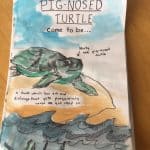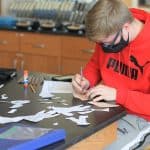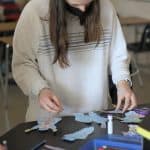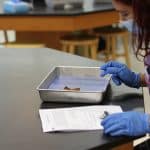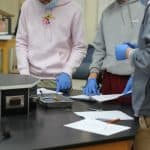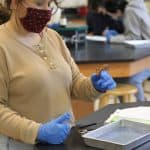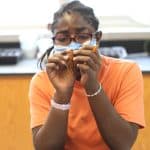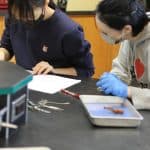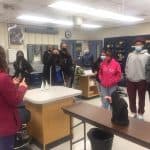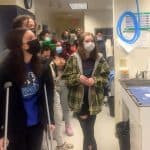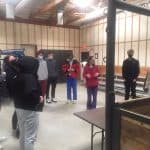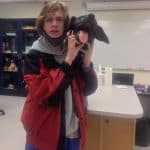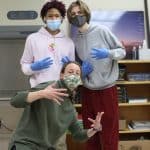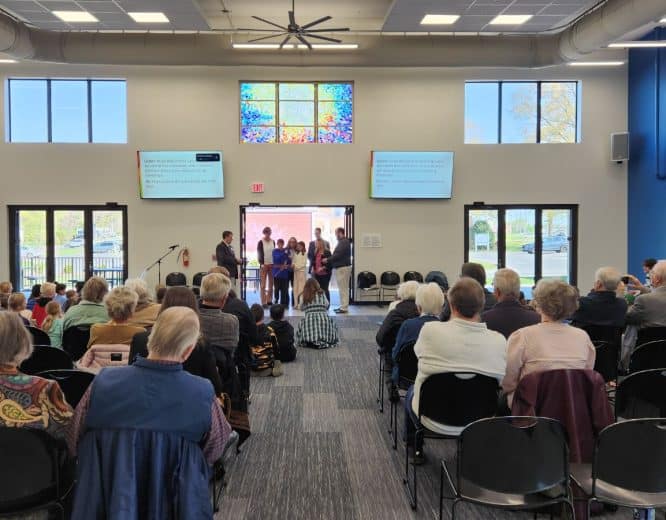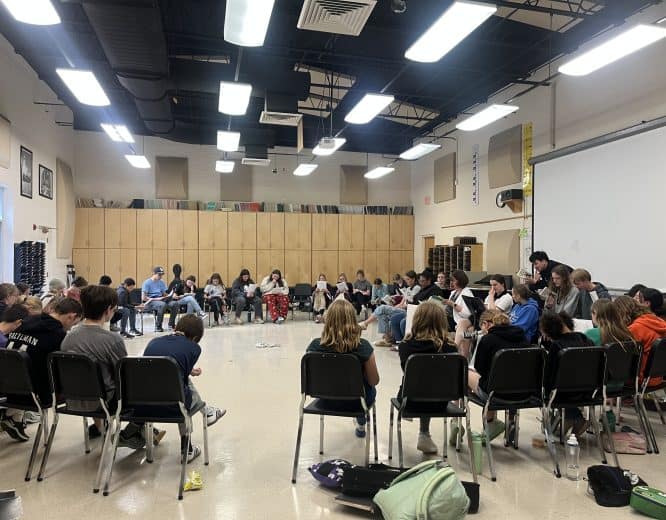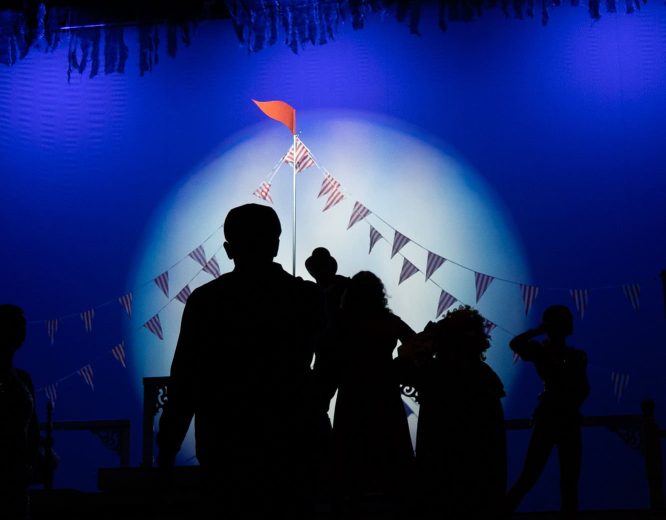How the Pig-Nosed Turtle Came to Be
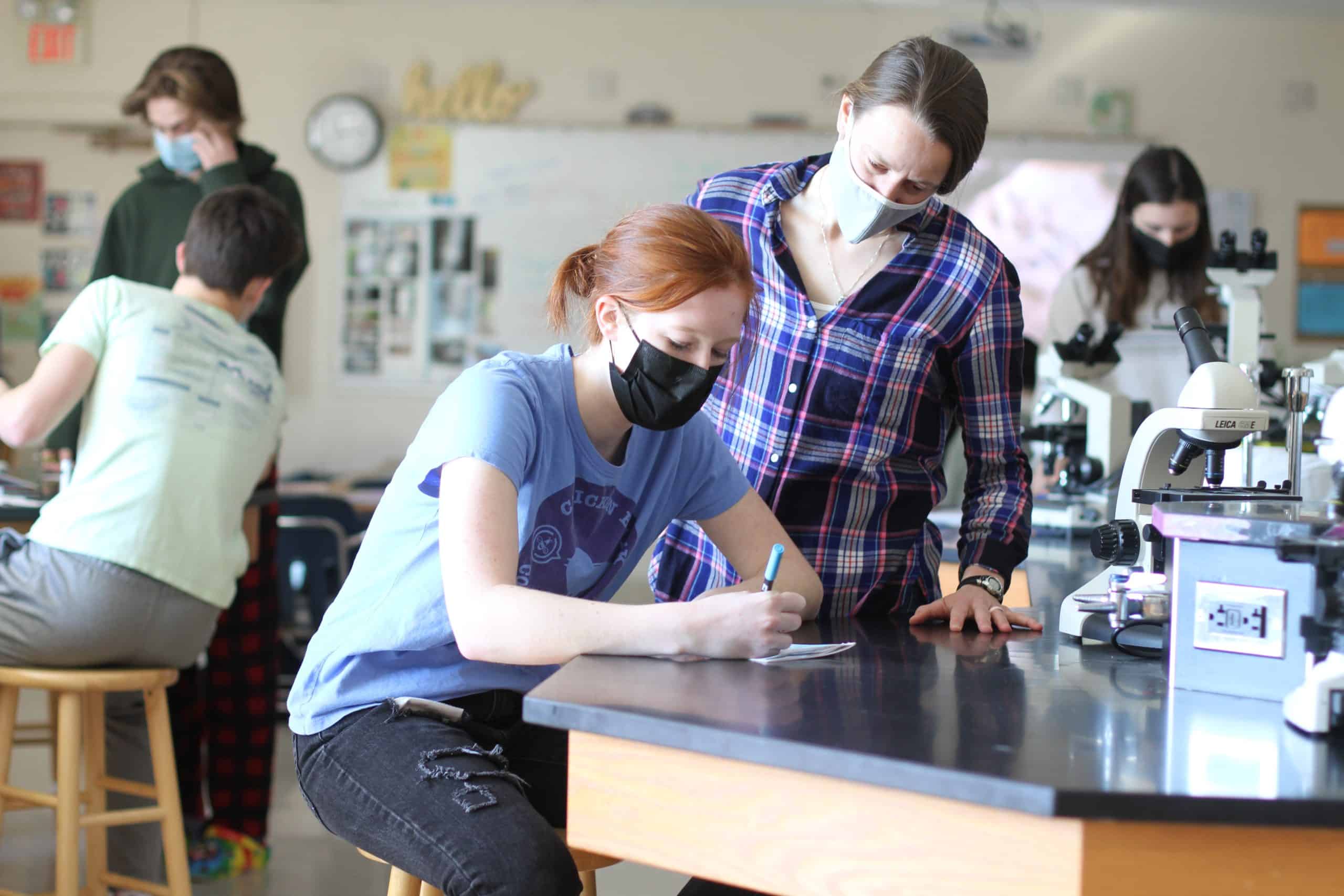
Art and science came together in a zoology class project for Claire Parsley ’22, resulting in her water color-illustrated book, “How the Pig-Nosed Turtle Came to Be.”
The new zoology elective, taught by Sarah Mitch, appealed to Parsley as a student with many interests and an unclear path for the future. “I just like learning about everything, animals especially” she said.
“Squid, grasshopper, and worm dissections were fun for the non-squeamish students,” says Parsley, who doesn’t count herself in the “non-squeamish category. “Almost every student in the class used their tools to pull out select organs.”
Parsley chose to do a recent project on the pig nose turtle in watercolor storybook form because it “allowed me to come up with a goofy story and exercise my creativity, which I love to do.”
She learned, she says, that pig nosed turtles don’t experience loneliness, only lack of resources when they are separated from parents at birth. “I chose to make Morty the Pig Nosed Turtle a sarcastic and very tell-it-like-it-is type of guy,” she explains. “The book tells the story of him meeting a pig on land for the first time and his crisis that follows.”
The class is designed to be hands-on and experiential, says Mitch. “The hope is that students can experience learning as something that is fun, relaxed, and organic.”
This year’s COVID-inspired block schedule — four 75-minute periods per day — provided the “luxury” of building in a weekly field experience to the class that connected with what the group was studying in the classroom, explained Mitch.
The class of 14 students in grades 10 to and 12 has visited a local farm to meet with farmers and see goats, pigs, and chickens; a pet store; Blue Ridge Community College to learn about the Vet Tech Program; and Silver Lake in Dayton, Va., to fish.
An upcoming fieldtrip will take the group to the Harrisonburg-Rockingham SPCA to volunteer. The class will culminate in a “critical look” at the National Zoo in Washington, D.C.
“As a teacher, I feel fortunate to have the flexibility to design electives that can be outside of the box, placing an emphasis on learning for fun,” says Mitch. “It has been great to build the class community — with students who have varied interests — and to see the students dive in deep.”
